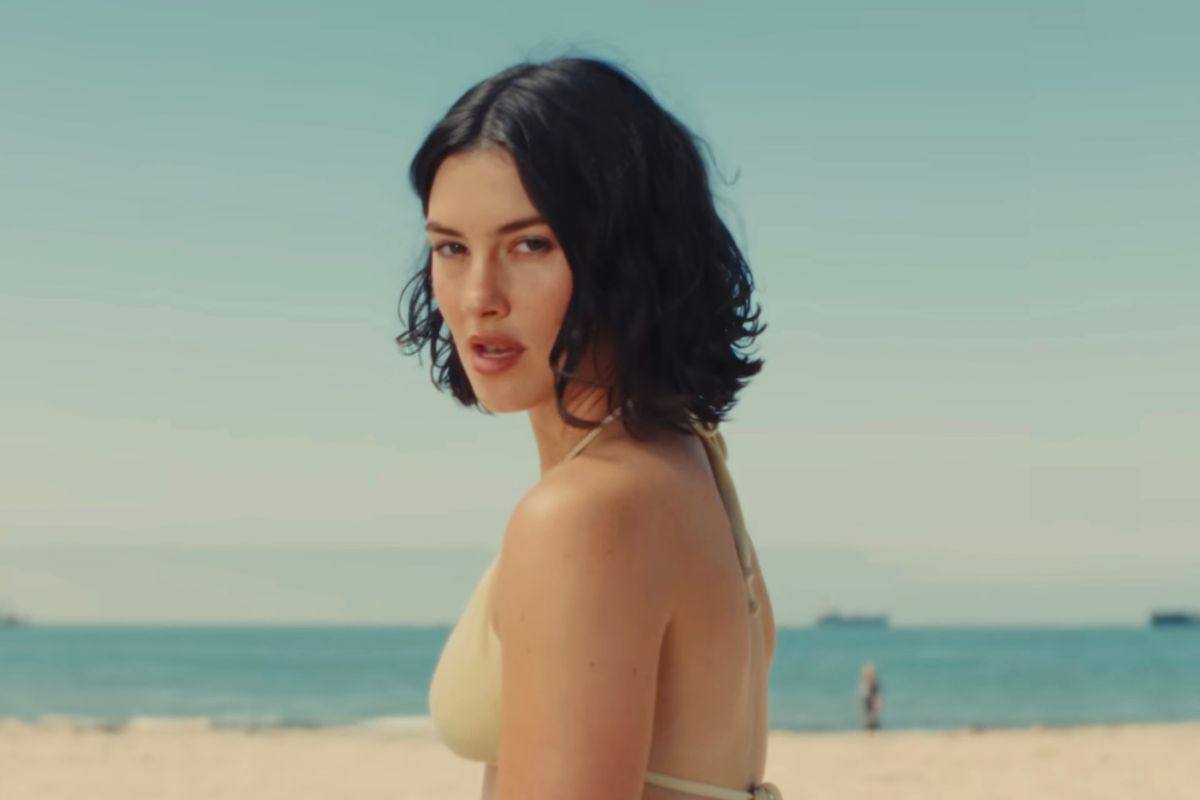In today’s music industry, an artist’s identity extends beyond their sound. Visual branding—the way an artist presents themselves through imagery, style, and aesthetics—plays a critical role in shaping how fans connect with their work. For Gracie Abrams, a rising star in indie pop, her visual branding is inseparable from the emotional honesty of her music. Defined by muted tones, intimate settings, and understated style, Abrams’ aesthetic embodies the “aesthetics of sadness,” offering fans not only music but an immersive emotional experience.
The Visual Language of Sadness
Gracie Abrams’ music often revolves around vulnerability, heartbreak, and introspection. Her visual branding reflects these themes with a carefully curated aesthetic that feels raw yet intentional. Album covers, music videos, and promotional imagery frequently employ muted colors, soft lighting, and minimalistic settings. This subdued palette mirrors the melancholic yet comforting tone of her songs, creating a seamless blend between sound and image.
By aligning her visuals with her lyrical themes, Abrams establishes a consistent emotional language that fans instantly recognize. Her visuals don’t merely accompany her music; they extend and deepen its impact.
Fashion as a Form of Storytelling
Abrams’ fashion choices also play a significant role in her visual branding. Rather than embracing bold or extravagant looks, she opts for casual, understated styles—oversized sweaters, jeans, and neutral tones. This simplicity enhances her relatability and reinforces the intimacy of her music.
Her wardrobe communicates authenticity and comfort, reminding fans that her artistry is rooted in real emotions rather than performance-driven spectacle. Fashion, in her case, becomes another layer of storytelling, echoing the honesty embedded in her songs.
Music Videos as Emotional Extensions
Gracie Abrams’ music videos offer a deeper glimpse into the aesthetics of sadness. Often set in everyday environments like bedrooms, city streets, or dimly lit spaces, these visuals highlight her connection to ordinary life. They avoid grandeur in favor of subtlety, underscoring her commitment to authenticity.
For instance, slow movements, close-up shots, and subdued color grading in her videos amplify the sense of vulnerability that defines her work. These creative choices ensure her audience experiences her music visually as well as sonically.
Why Visual Branding Matters
In an era where audiences consume music through digital platforms, visuals have become just as important as sound. Abrams’ ability to craft a consistent visual identity allows her to stand out in a crowded industry while also deepening her emotional connection with fans. Her branding not only attracts listeners but also creates a loyal community that resonates with her aesthetic and message.
Her approach demonstrates how visual branding can serve as an extension of musical storytelling, particularly in indie pop, where intimacy and authenticity are central.
Conclusion
Gracie Abrams has mastered the art of aligning her visual branding with the emotional core of her music. By embracing muted tones, minimalistic fashion, and intimate visuals, she amplifies the themes of vulnerability and sadness that define her artistry. This cohesive aesthetic strengthens her bond with fans and solidifies her position as one of indie pop’s most authentic voices.
For those looking to explore more about international artists who merge sound with striking visual identity, platforms like Yeema News provide detailed biographies and insights into today’s most influential musicians.




